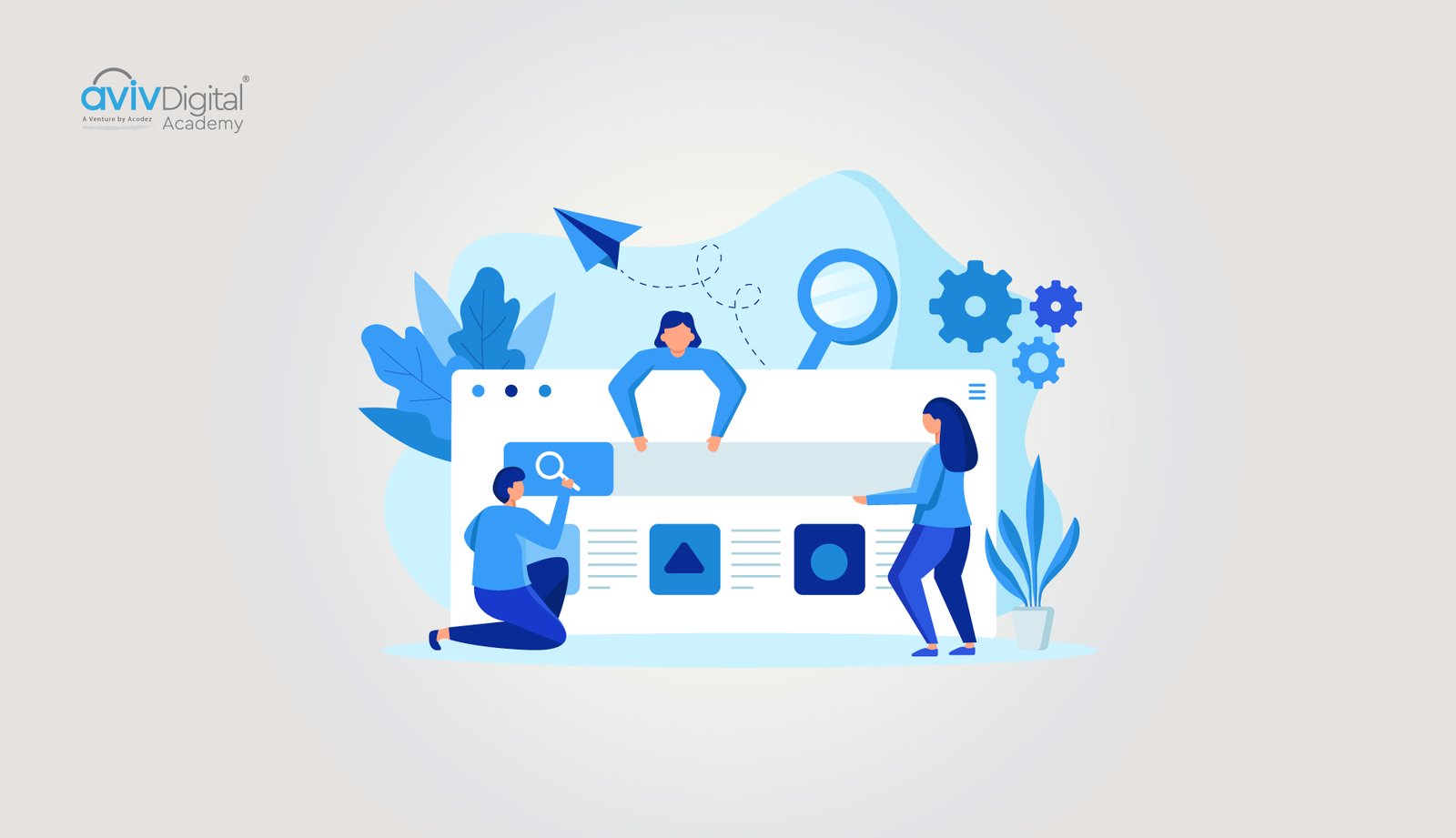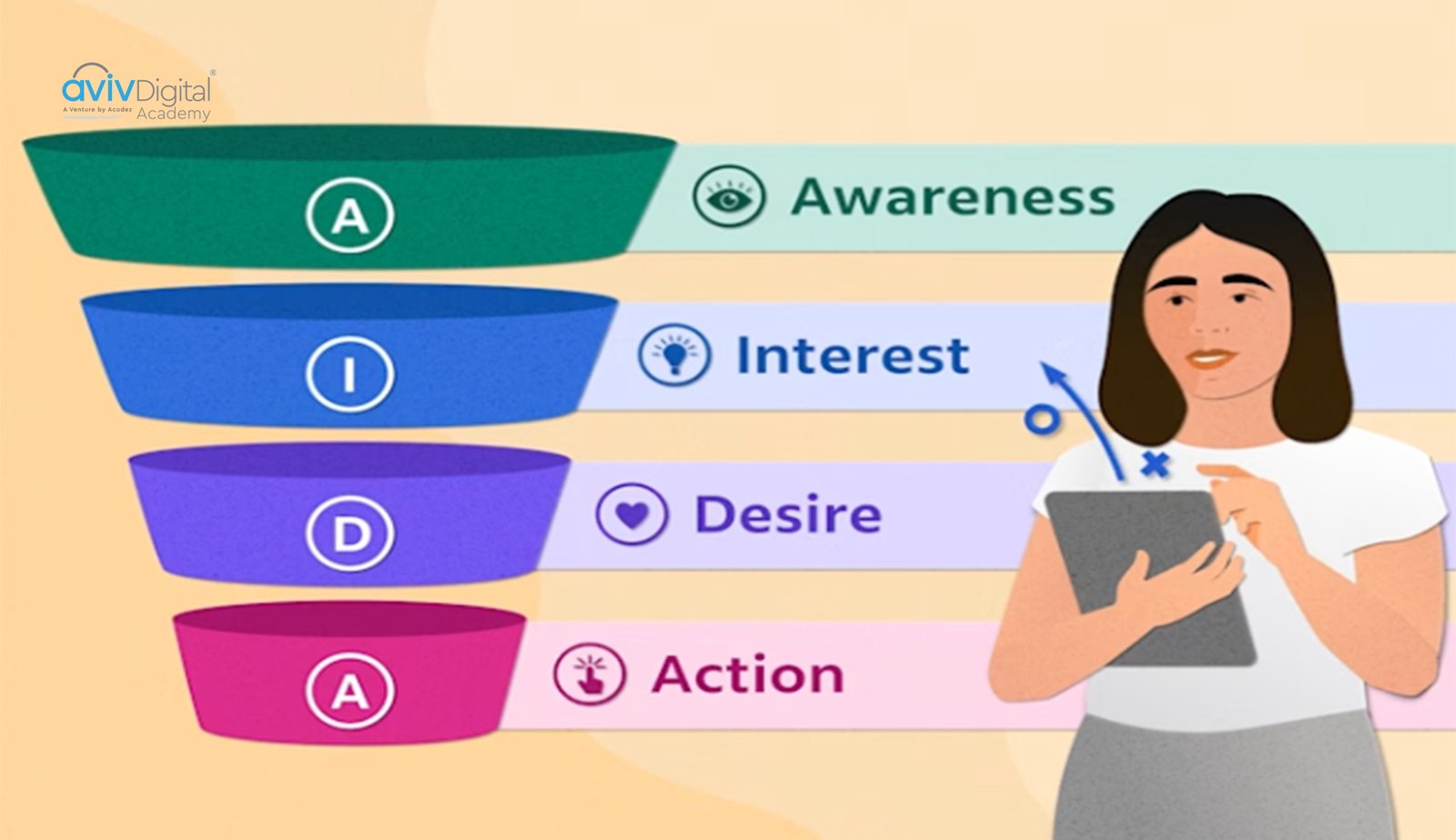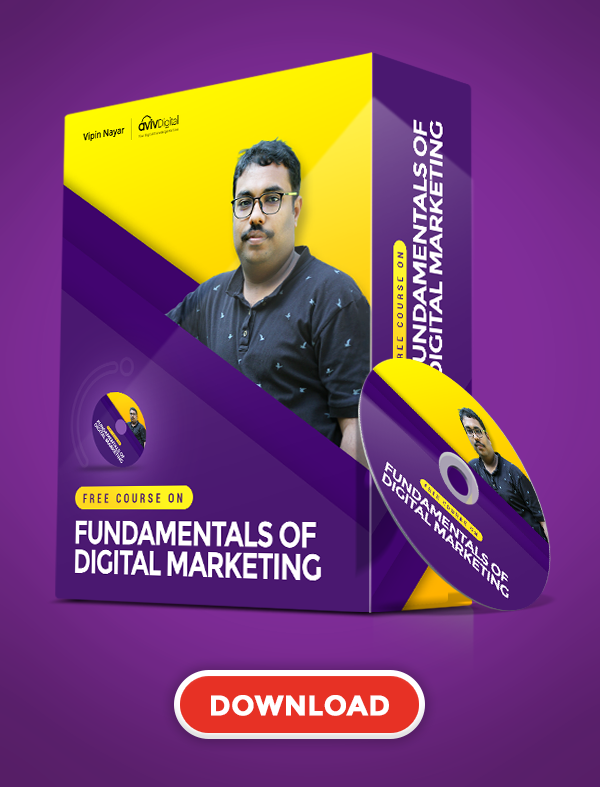
When it comes to online content and maybe its marketing, structure, and certain practices are key. These structures and practices refine the article and help in ranking, increasing visibility, or making the content easy to grasp. One such common practice or format implemented in online content, especially for webpages, is the AIDA model. The AIDA model is one of the oldest and most enduring frameworks in marketing. Short, memorable, and surprisingly practical, it maps the stages a prospect typically moves through on the path from first contact to conversion. Despite being over a century old, it still shapes ad copy, landing pages, email sequences, and sales scripts because human attention and persuasion haven’t changed as fast as media channels have. Let’s explore the AIDA model and how to implement it to convert potential prospects.
What is AIDA Model in Marketing?
In simple terms AIDA model in marketing stands for Attention, Interest, Desire, and Action, a funnel or process that drives users to the end goal. Each step is a mental state the user or audience goes through in response to advertising, marketing materials, or online content. The AIDA model has turned out to be an actionable design model that guides people. In fact, 86% of marketers globally use AIDA or AIDA-based frameworks as their core marketing model, showing just how foundational and widely trusted it is in shaping marketing strategies today.
Where Did AIDA Model of Advertising Come From?
Though it is widely used today for online content and marketing or advertising, the AIDA marketing model dates back to its origin in the late 19th century, founded by Elias St Elmo Luis. He was considered an expert advertiser to promote and sell goods or services. It wasn’t the exact format as it is now, but the idea from the expert was refined and tailored to be implemented as a foundational structure for writers, Marketing experts, and advertisers.
What is the Goal of the AIDA?
As you understand what AIDA is, the next obvious doubt would be what AIDA is in marketing, or what the AIDA model of advertising is, which tends to be the simple purpose of the model. To understand the model, know what the goal of AIDA is. The core goal of the AIDA marketing model is to move and take the audience users or prospects through the four steps they feel psychologically. In a simplified way, if you wonder what is the goal of the AIDA model of advertising is:
- Focusing on specific messages to grab attention, which is the initial step or push for the next action, like building interest and then a desire that prompts them to take an action.
- AIDA marketing assists in creating proper channels and creatives for each stage of business or bands, like broad awareness and target CTA’s
- AIDA model of advertising enables specific metrics from impressions, engagement, and click-throughs to be grouped and determine each stage.
AIDA Marketing Model Explained
Let’s uncover the AIDA marketing or AIDA model of advertising in detail. As you know, AIDA is short for Attention, Interest, Desire, and Action, which are four stages of content online and how the user perceives and feels at each stage, moving to the end goal. For example, LinkedIn has an average engagement rate of 6.50%, the highest of all social platforms, making it ideal for capturing Attention

1. Attention (Awareness)
The initial stage of the AIDA Model in marketing is A, which stands for attention. Like its name suggests, grabbing the attention of the target audience with a simple message or quick-to-perceive content is the goal. For example, a few-second video, a clickbait, or a catch phrase belongs to this stage. With the help of visuals, content, and action-evoking practices, the goal of AIDA is achieved. This is used for social media ads, PR, and influencers.
2. Interest
The next step is interest, denoted by I, that stands for interest. The goal of interest is to turn the attention of the target audience to an interest. This is achieved by benefit-driven subheadings, short explanation videos, and blog posts that belong to this process.
3. Desire
Desire or D of the AIDA model of advertising aims to make the target audience want the product or service, whether rationally or emotionally. The tactics used to build desire include social proofs like reviews and testimonials, comparison pages, product demos, and, in certain cases, using scarcity messages to highlight the demand. When this desire is nurtured with personalization, the effect becomes even stronger. Behavior-based email campaigns generate 2.8x to 300.7x higher conversion rates compared to non-personalized emails, proving that desire grows fastest when the message feels tailored to the individual.
4. Action
The final step is Action in AIDA model of advertising. Action is arguably the most substantial feel or step of the AIDA marketing model. This is also the final step where the users or audience are prompted to take a decision. As marketers or advertisers, your goal is to convert into a measurable action. A few examples for this include including proper CTA’s, seamless checkouts, and time-limited discounts.
Why AIDA Still Matters Today
As much as you know what is AIDA and what is AIDA in marketing, it is also crucial to understand why AIDA still matters today, despite being a century old. The answer to these is simple: Digital Channels enable marketers to micro-target each stage of AIDA. It doesn’t have to be implemented as a single content, though it’s possible. Marketers can use Ads for attention, Email, and content to build interest and desire, letting them finally take an action. With modern analytics, this process has become even more efficient 72% of marketers report improved decision-making speed with GA4’s AI-powered insights, making AIDA optimization faster, smarter, and more data-driven than ever before.
Real-World Metrics & Statistical Context

To make AIDA actionable, pair each stage with KPIs and industry benchmarks:
- Awareness (reach/impressions): Top-of-funnel campaigns aim for broad reach. Video and social impressions are typical KPIs. HubSpot reports channel-level benchmarks that marketers use to set awareness targets.
- Interest (engagement / CTR): A healthy click-through rate varies by channel. Average campaign CTRs and engagement rates help diagnose if your messaging sparks interest; lower-than-benchmark CTR suggests a weak “Interest” stage.
- Desire (time on page, content downloads, demo requests): Signals that prospects are evaluating your offer. For example, content that converts visitors to leads shows strong Desire-stage performance. Content ROI remains a top priority for many marketers.
- Action (conversion rate): Benchmarks differ by industry; direct traffic and email typically convert higher (email ROI remains among the strongest). Invesp and other conversion-rate studies peg many e-commerce averages in the low single digits, so incremental gains at each AIDA stage compound into meaningful revenue.
Example stat highlights
- Email marketing conversion rate averages for B2C/B2B and ROI figures are commonly cited as strong performers for driving Action. Use email sequences that map to Interest – Desire – Action to improve bottom-of-funnel results.
How To Use AIDA Model Across Channels
Now, let’s explore how to use AIDA marketing model in a practical method to maximise the outcome:
- Paid social (Awareness – Interest): Use short attention-grabbing hooks, then a carousel or landing page to deepen interest.
- Content marketing (Interest – Desire): Long-form guides and case studies move readers from curiosity to preference.
- Email & retargeting (Desire – Action): Sequential emails with social proof, benefit summaries, and a frictionless CTA close the sale.
- Sales outreach (Attention – Action in one flow): Sales scripts can use AIDA in minutes: open with a relevant hook (Attention), ask a qualifying question (Interest), position outcome/ROI (Desire), then request a meeting (Action).
Common Criticisms and Limitations
AIDA is simple, and simplicity is both its power and weakness. Critics note:
- Linear assumption: Real buyer journeys are often circular, iterative, and multi-touch; prospects can jump between stages.
- Lack of post-purchase stage: Classic AIDA ends with Action; modern frameworks extend to retention and advocacy (AIDAS, loyalty loops).
- Channel complexity: Attention in 1898 was a personal sales conversation; today’s attention is fragmented across devices and micro-moments, requiring more nuanced tactics.
These limitations don’t invalidate AIDA; they suggest adapting it (map multiple touchpoints and loop in retention metrics).
How Modern Marketers Utilise AIDA
There are a few variations and extensions for the AIDA model of advertising. Marketers expand AIDA to cover modern needs: AIDAS (adds Satisfaction), AIDCAS (adds Confidence/Conviction), or models that insert Loyalty, Retention, and Advocacy stages. The practical tip: keep the mental model but enrich the funnel with post-purchase KPIs (repeat rate, NPS, CLTV).
AIDA Checklist: Turn This Into Action (Usable Template)
- Define your Action metric (sale, signup, demo).
- For each A, pick one channel and one KPI:
- Attention – impressions or view-throughs
- Interest – CTR or content engagement
- Desire – demo signups or lead score increases
- Action – conversion rate, revenue per visitor
- Write 1-line creative briefs per stage (hook, explain, prove, close).
- Build short experiments (A/B test hero headlines for Attention; test CTA placement for Action).
- Measure funnel drop-off and optimise the stage with the largest leakage. Use benchmarks (industry conversion averages) to prioritize fixes.
Conclusion
If you want a clean, actionable way to structure messages and match tactics to buyer mindset, yes: use AIDA. Treat it as a living skeleton, not a strict rule. Extend it with retention/advocacy metrics, ensure measurement at every stage, and let data guide which stage needs the most attention. The simplicity of AIDA makes it a reliable starting point for teams trying to align creative, channels, and measurement.
Aviv Digital Academy is one of the leading Digital Marketing Course in Calicut. We offer a wide variety of globally recognized certification programs that include SEO, SEM, SMM, Email Marketing, and Inbound Marketing courses. For more details, contact us at: +91 8156998844
How do I spot which AIDA stage my visitors are in?
You can usually tell by their website actions: those just arriving and leaving fast are likely in the Attention stage. If they stick around to read or click, they’re showing Interest. Visitors looking at demos, pricing, or reviews show Desire. Finally, users signing up or buying have reached the Action stage.
Can AIDA work for B2B sales with multiple decision-makers?
Yes, but each stakeholder moves through their own AIDA journey. Tailor messaging so it’s relevant for each role—financial for procurement, practical for users, strategic for executives. You’re essentially managing several AIDA funnels in one sale.
What’s the difference between AIDA and funnel models like TOFU/MOFU/BOFU?
AIDA and funnel models both organize the buyer’s journey, just using different terms. AIDA focuses on mindset—getting attention, building interest, creating desire, and prompting action. Funnel models add stages for post-purchase, like loyalty and advocacy.






